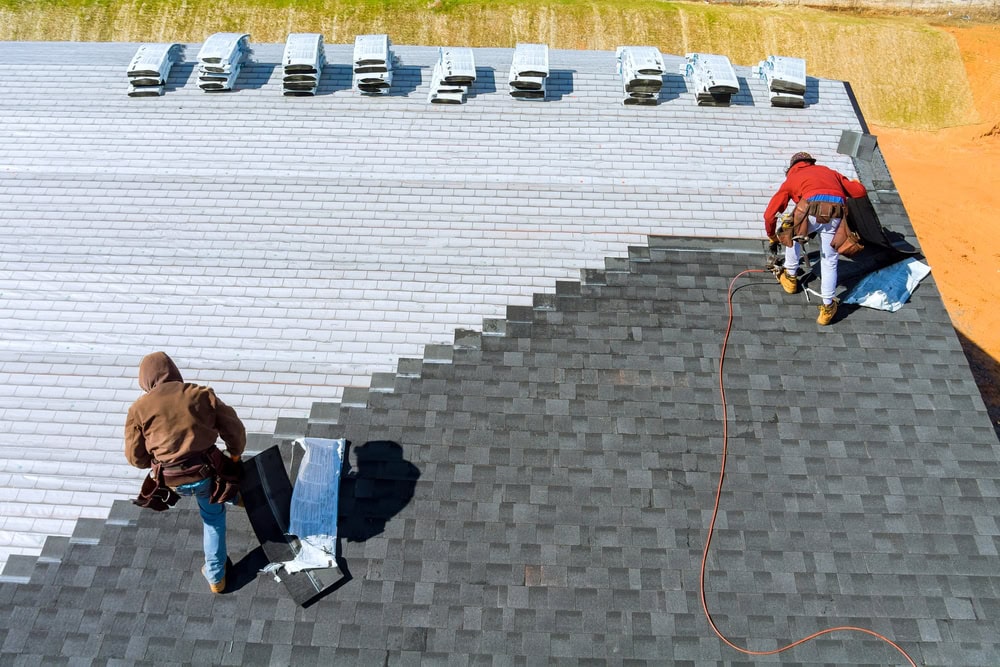Why Time Pressure Affects Trade Exams More Than Law & Business
Preparing for your California contractor license exams means learning to manage not just content, but the clock. Both the Law & Business and trade exams typically give you about three and a half hours to finish, and both are multiple-choice, closed-book tests taken at a PSI center. Yet students at our California contractor prep school … Read more










